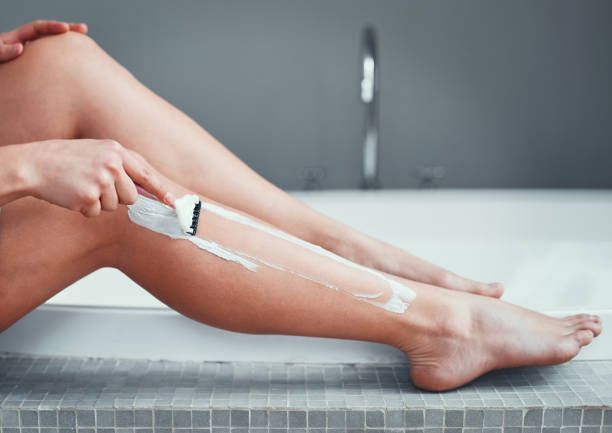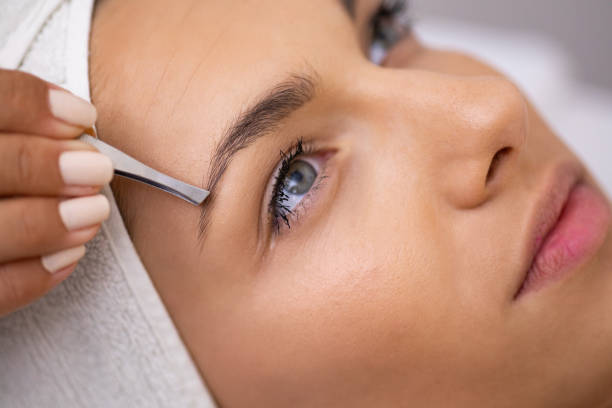When it comes to hair removal, the debate between waxing and shaving is a long-standing one. Each method has its staunch advocates, and for good reason. Waxing, known for its long-lasting results and potential to reduce hair growth over time, offers a semi-permanent solution. Shaving, on the other hand, is quick, painless, and easily done at home. This article delves into the differences between waxing and shaving, including their respective benefits, drawbacks, and which might be best suited for your individual needs.
Waxing and Shaving: A Comprehensive Comparison

What is Waxing?
Waxing is a popular hair removal technique that involves applying warm wax onto the skin and then quickly removing it, pulling the hair out from the roots. This method can be performed at a salon by a professional or at home with DIY kits. It’s a method that’s suitable for most body parts, including legs, arms, and the face.
- A Brief Overview of the Waxing Process
- The Benefits of Choosing Waxing for Hair Removal
- Downsides to Waxing: What You Need to Consider
Waxing can lead to smoother skin for longer periods and may weaken hair follicles gradually. However, it can be painful and may cause irritation or ingrown hairs if not done correctly.
What is Shaving?
Shaving is one of the most common hair removal methods. It involves using a razor to cut the hair at the surface of the skin. There are various types of razors available, including disposable, electric, and safety razors, each suitable for different preferences and skin types.
- Shaving Demystified: The Basics Explained
- Advantages of Shaving Over Other Hair Removal Methods
- The Cons of Shaving: Common Issues and Concerns
Shaving is typically pain-free and convenient, but its results are short-lived. It can also lead to razor burn, cuts, and ingrown hairs if not performed with caution.
The Distinctive Differences: Waxing vs Shaving

The decision between waxing and shaving often comes down to the distinctive differences between the two methods. Factors such as the duration of results, pain levels, and impact on the skin can influence one’s choice.
| Factor | Waxing | Shaving |
|---|---|---|
| Duration of Results | 3 to 6 weeks | A few days |
| Skin Sensitivity Reaction | Potential for irritation and ingrown hairs | Can cause razor burn and small cuts |
| Pain and Discomfort | Can be painful | Generally pain-free |
| Cost Implications | Higher initial cost but less frequent | Lower immediate cost but more frequent |
| Convenience | Time-consuming and may require a professional | Quick and can be done at home |
Examining the table above, it’s clear that both waxing and shaving have their own sets of pros and cons. The next sections will delve into these differences in detail to guide you in making your hair removal decision.
Personal Preferences and Best Practices
Your personal preferences, hair type, and the area you wish to remove hair from are essential considerations when choosing between waxing and shaving. For instance, waxing may be more suitable for those looking for longer-lasting results, while shaving may be better for those who prefer a painless routine.
- Choosing Between Waxing and Shaving Based on Hair Type and Area
- Best Practices for Waxing: Tips for Optimal Results
- Shaving Techniques: How to Achieve a Close, Smooth Shave
Following best practices such as exfoliating before waxing or using a sharp, clean razor for shaving can significantly improve your hair removal experience.
Conclusion
In conclusion, both waxing and shaving have their own unique benefits and drawbacks. Waxing provides longer-lasting smoothness but can be painful and costly, while shaving is less expensive and pain-free but requires more frequent sessions. Your lifestyle, skin sensitivity, and personal preferences are vital considerations in making an informed choice between these two hair removal methods.
FAQs
Q1: How long do the results of waxing last compared to shaving?
A1: Waxing can keep the skin smooth for three to six weeks, whereas shaving results may only last a few days.
Q2: Is waxing more painful than shaving?
A2: Yes, waxing can be more painful than shaving as it involves hair being pulled from the root.
Q3: Can waxing lead to fewer ingrown hairs than shaving?
A3: Waxing can potentially minimize the occurrence of ingrown hairs compared to shaving.
Q4: Does waxing or shaving have any long-term effects on hair growth?
A4: Repeated waxing can lead to reduced hair growth over time, while shaving has no long-term effects on hair growth.
Q5: Should people with sensitive skin avoid waxing or shaving?
A5: People with sensitive skin should be cautious with both methods, but they may still use either one by taking certain precautions.




